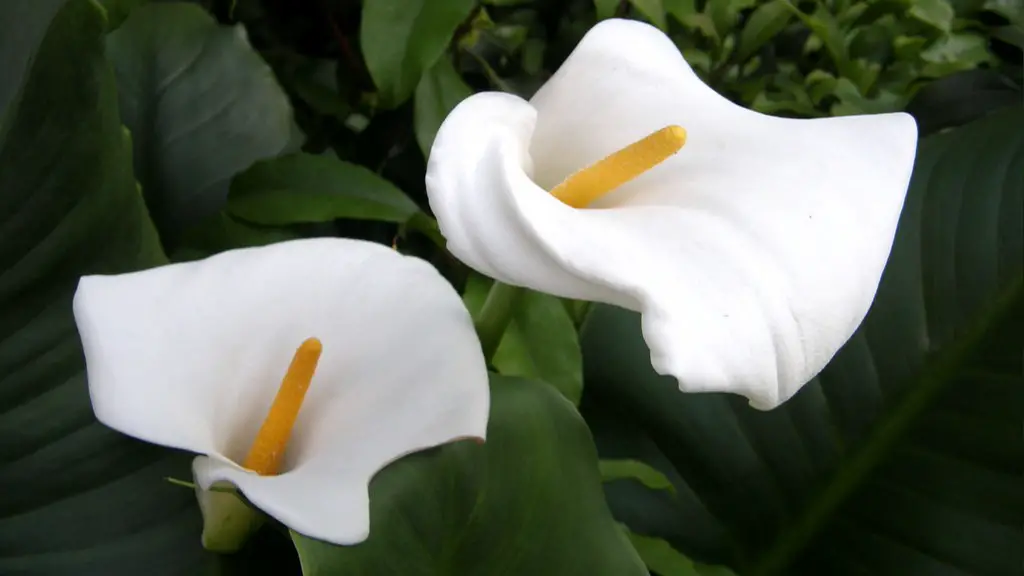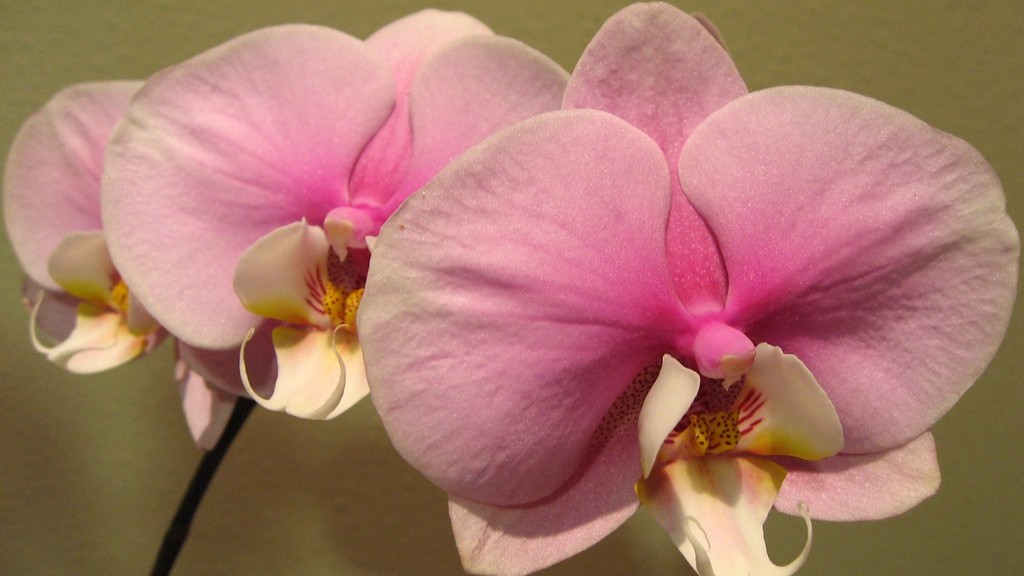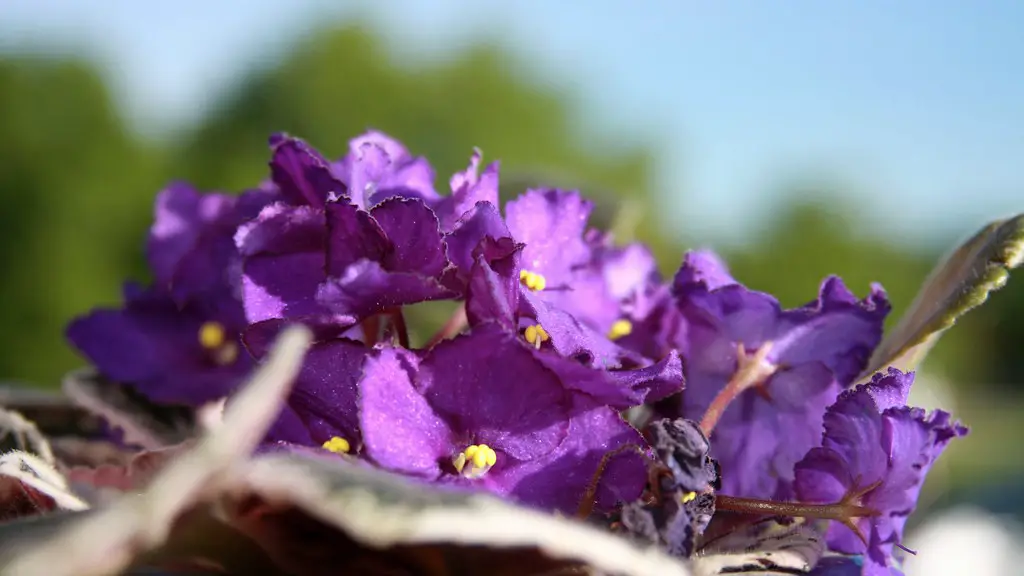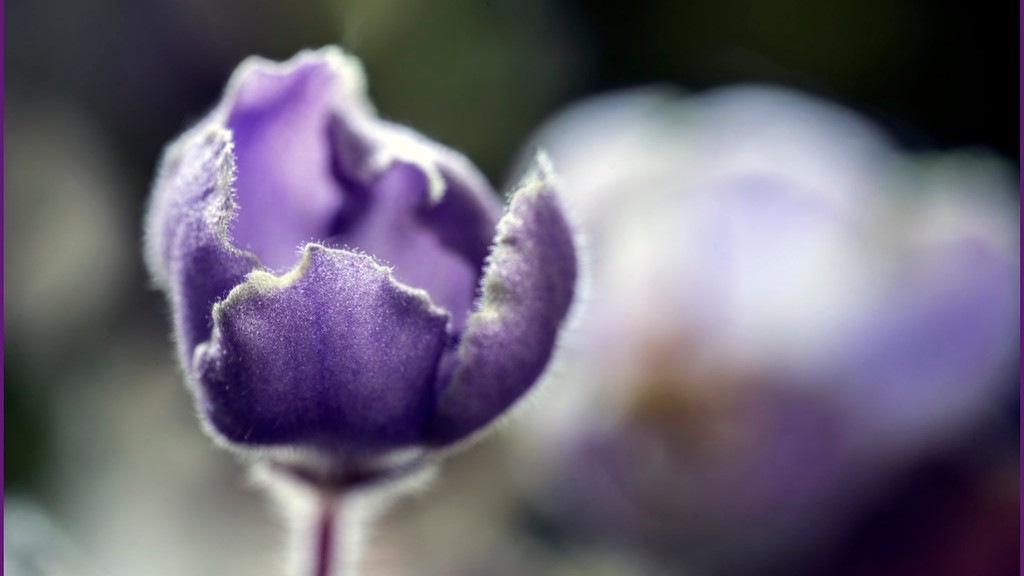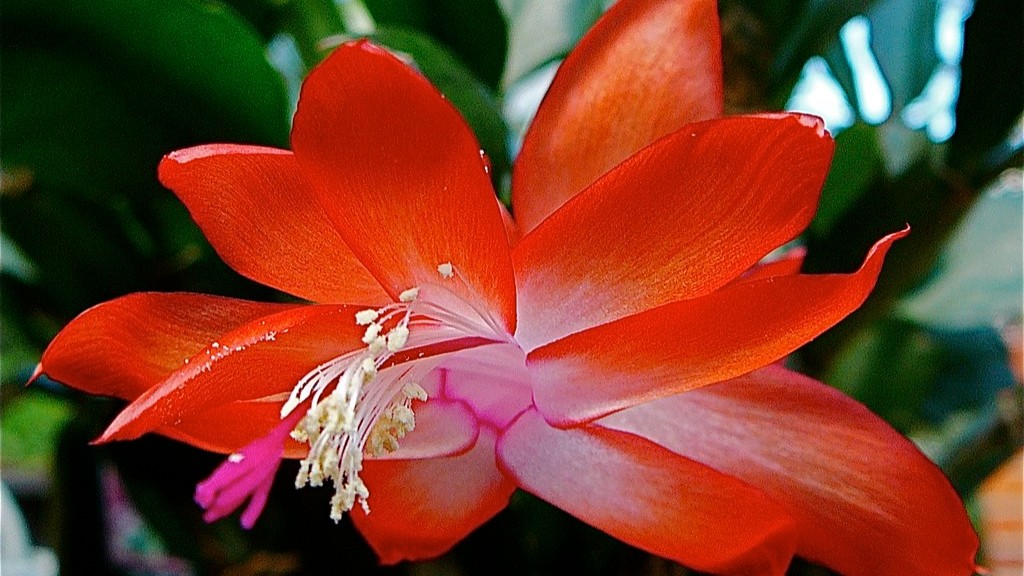A giant calla lily can make a stunning addition to any indoor or outdoor space. And while they may seem like delicate flowers, they’re actually quite easy to care for. With just a little bit of knowledge, you can have these beautiful blooms in your home or garden in no time.
You can grow giant calla lilies (Zantedeschia aethiopica) from rhizomes or from seed.
To grow from rhizomes, plant the rhizomes in well-drained soil in full sun to partial shade in late winter or early spring. Water the rhizomes well and mulch around the plants to help retain moisture. Fertilize monthly with a balanced fertilizer. Calla lilies will bloom in late spring to early summer.
To grow from seed, sow the seed in well-drained soil in full sun to partial shade in late winter or early spring. Water the seedlings well and mulch around the plants to help retain moisture. Fertilize monthly with a balanced fertilizer. Calla lilies will bloom in late spring to early summer.
How do you grow giant calla lilies?
Calla Lilies are beautiful flowers that can brighten up any garden. They are easy to care for and will thrive in almost any type of soil. Full sun is best for Calla Lilies, but they can also tolerate partial shade. Just be sure to keep the soil moist and well-drained to prevent the flowers from rotting.
If you want to enjoy your calla lilies year after year, you need to take care of them properly. These flowers are perennials, not annuals, so they will bloom again if you take good care of them. Here are a few tips on how to take care of your calla lilies:
– water them regularly and make sure the soil is moist but not soggy
– fertilize them regularly with a good quality fertilizer
– keep them in a sunny spot
-deadhead the flowers to encourage new blooms
With just a little extra effort, you can enjoy your calla lilies year after year.
Can calla lilies be left in the ground over winter
If you live in a warm climate, you can leave your calla rhizomes in the ground over the winter. Otherwise, remove the leaves from your plants and cut the stems to one to two inches tall before your first freeze. Dig up the rhizomes and put them in a warm, dry place where the temperature stays between 65 and 75°F.
Calla lilies are a beautiful and popular plant, but they can be a bit of a hassle to deal with in the garden. They are known to naturalize, take over, and even become invasive in their ideal climate. Container grown callas are restricted to pots and cannot become invasive, making them a much safer and easier option for gardeners.
Do calla lilies need deep pots?
Plants that are not in the ground in pots are more likely to be Hardy in zone 8. This is because they are not exposed to the elements and can better tolerate the cold. Hardy plants are important in the landscape because they can provide structure and interest even in the winter months.
Calla lilies are beautiful flowers that can add a touch of elegance to any garden. They are easy to care for and can be propagated by dividing the bulbs. Calla lilies can be grown in most climates, but they will need to be dug up and replanted in colder climates.
Do you cut down calla lilies in the fall?
This is a process that is specific to calla lilies. Other cold-sensitive bulbing plants, like caladiums and dahlias, are lifted in the fall after the first frost kills back the foliage. These plants are then stored for the winter and replanted in the spring after the soil temperatures have warmed up.
Calla lilies are a beautiful addition to any garden, and they are relatively easy to care for. One of the great things about these plants is that they will spread by multiplying and creating new bulbs. This means that you can easily dig up and replant them in different areas of your yard. While they will spread, it is easy to control how much they multiply, making them a great option for gardeners of all levels of experience.
How do you keep calla lilies blooming
The Calla Lily is a beautiful, elegant flower that is often used in bouquets and arrangements. Although they are not difficult to care for, there are a few things to keep in mind in order to keep your Calla Lily healthy and thriving.
First, it is important to keep the soil moist, but not soggy. Over-watering can lead to root rot, so be sure to allow the soil to dry out slightly between watering. Secondly, Calla Lilies prefer bright, indirect light. Too much direct sunlight can scorch the leaves, so it is best to provide indirect light, such as from a north-facing window.
Third, during the flowering season (typically late spring to early summer), be sure to apply a liquid fertilizer monthly. This will help to promote growth and keep the flowers looking their best. Fourth, keep the Calla Lily away from heating and A/C vents, as the fluctuating temperatures can stress the plant.
Finally, once the plant enters dormancy in November, reduce watering. Once the leaves have died back, you can cut them off at soil level. With a little care, your Calla Lily will bloom beautifully year after year.
Calla lilies are a beautiful flower that can brighten up any garden. However, in colder climates, they can be tricky to care for. Calla lilies are evergreen in warmer areas, but in colder areas they are deciduous. This means that they will lose their leaves in the winter. The plants are also damaged when temperatures fall below 25 degrees Fahrenheit. If you live in a colder climate, it is important to be mindful of these temperature changes and take steps to protect your calla lilies.
How do you take care of outdoor calla lilies in the winter?
When the leaves of your calla lilies die down, it’s time to dormant them for the winter. Move them to a dry, frost-free location, out of direct sunlight and preferably in the dark. Keep the soil slightly moistened and do not fertilize until the plant begins to show signs of new growth in spring.
The calla lily is a beautiful flower that is typically white in color. It has a long, slender stem and a large bloom that resembles a trumpet. The calla lily is native to Africa and grows in marshy areas.
The calla lily blooms for a period of six to eight weeks. Once the bloom begins to die, it rolls up into a tube and turns green on the outside. These spent blossoms are done and have no purpose. They should be clipped off the plant.
Are coffee grounds good for calla lilies
If you notice the leaves on your calla lily plant have dark tips, it may be a sign that you’re giving it too much fertilizer. Try cutting back on the fertilizer and adding coffee grounds between fertilizing rounds. Calla lilies prefer acidic soil, and coffee grounds will help to add acidity.
In warm climates, calla lilies grow well in full sun or partial shade. In cooler areas they grow best in full sun. Zone: Calla lilies are winter hardy in zones 8-10. In colder areas they can either be grown as annuals or can be dug up in the fall and stored indoors for replanting the next spring.
Do calla lilies prefer sun or shade?
A Calla lily must be sheltered from the wind and placed in a bright well-lit spot, out of the strongest midday sun. The plant will tolerate partial shade, but it will flourish best in full sun.
To grow healthy calla lilies, it is important to give them the right kind of fertilizer. In spring, feed calla lilies fortnightly with a high-nitrogen fertilizer. Once they start to flower, switch to a high-potash fertilizer such as tomato feed. Getting the watering right is also key to growing calla lilies. Be sure to water them regularly, especially if you’re growing them in pots.
How often should you water calla lilies
Don’t water your calla lilies too heavily. After you initially plant them, only water them once a week. If it’s hot or dry outside, you can water them more frequently.
The potting soil you choose for your calla lily should be well-draining and have a pH value of 65. Zabo Plant recommends using a mix that consists of 60 – 80% coco peat for an optimum result. A mix commonly used for calla lilies contains 60% coco peat, 20% fine Finnish peat and 20% coarser Finnish peat.
Final Words
1. Pick a giant calla lily that is healthy and has a lot of leaves.
2. Cut the stem of the lily at an angle so that it can absorb more water.
3. Place the lily in a pot that has drainage holes.
4. Fill the pot with soil and water the lily well.
5. Place the pot in a sunny spot and keep the soil moist.
6. Fertilize the lily every two weeks during the growing season.
7. Cut back the leaves of the lily in the fall to encourage new growth.
There are a few key things to remember when growing giant calla lilies: choose a well-lit spot with plenty of room for the roots to spread, plant the bulbs with the pointy end up, and water regularly. With a little bit of care, you’ll be rewarded with beautiful flowers that make a dramatic statement in any setting.
